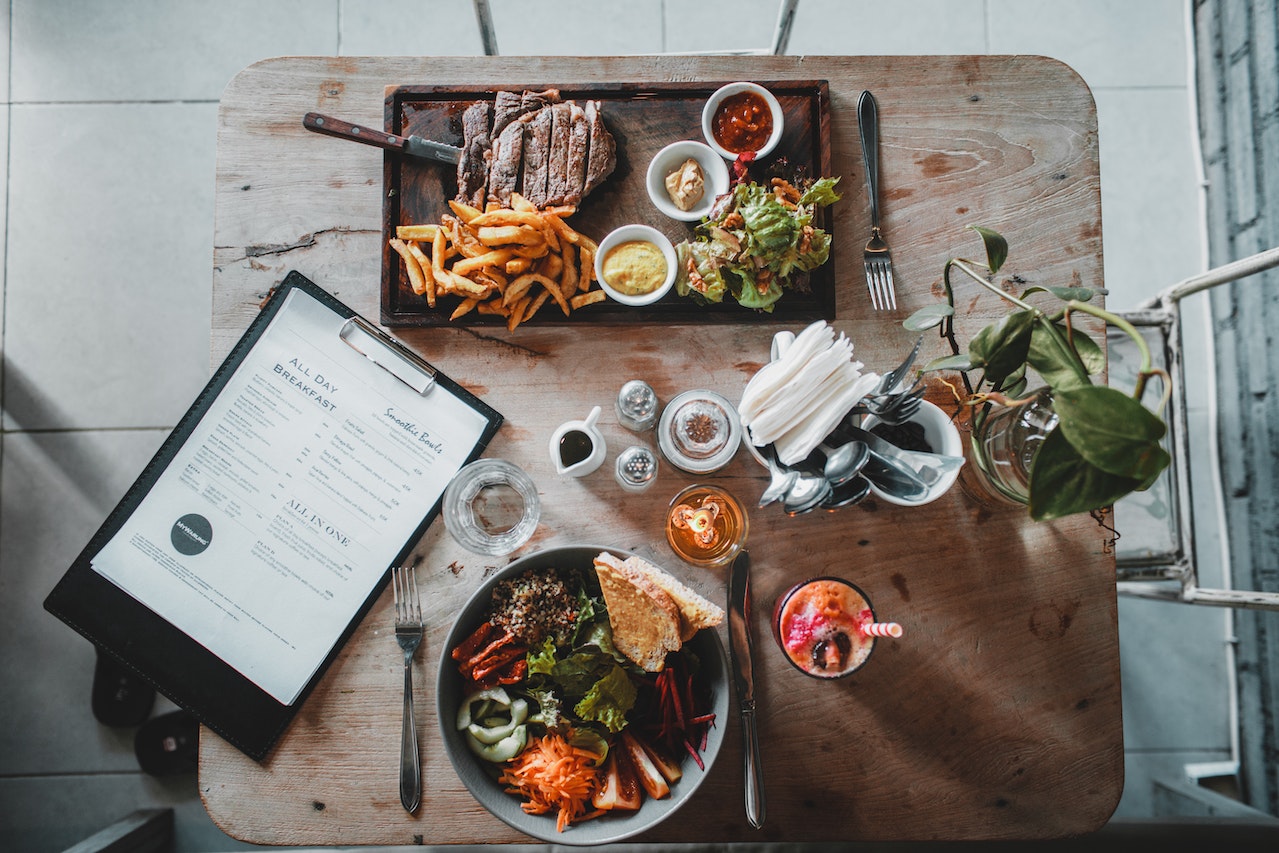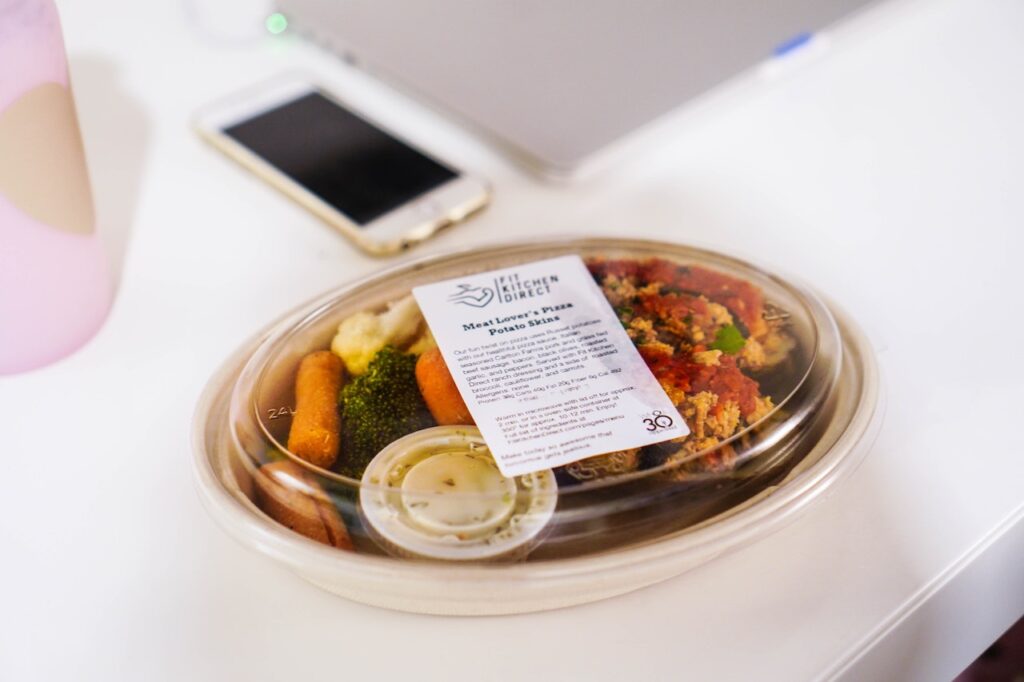In the dynamic food and beverage industry, implementing the right marketing strategies is crucial for companies to cut through the noise, engage customers, and drive sales.
Whether launching a new product line or refreshing a beloved brand, food and beverage marketers need to leverage the optimal mix of digital, print, in-store, experiential, and grassroots marketing efforts. From optimizing your e-commerce experience to sponsoring events, impactful marketing is multi-channel.
This guide will outline 8 highly effective marketing tactics to help food and beverage brands achieve their business goals. Let’s explore some of the best marketing approaches to meet your brand’s unique needs and budget.
1) Get Specific About Target Consumers
One of the most important starting points for marketing any food or beverage product is identifying your target consumer demographic and psychographic segments. Without nailing down who exactly you want to buy and consume your product, marketing campaigns often end up generic and ineffective.
Carry out detailed consumer research to determine:
- Demographic factors like age, income, geographic location, gender, occupation, etc.
- Psychographic attributes, including lifestyle, values, interests, and personality traits
- Behavioral habits, usage occasions, and spending patterns
The more specifically you can define realistic target profiles for purchasers of your product, the better you can tailor messaging and positioning.
2) Content Marketing:
Content marketing is a great way to engage customers, build brand awareness, and drive website traffic for a food or beverage business. Here are some effective types of content to consider:
Blogs:
Share recipes featuring your products, brewing tips, new product launches, company news, and values. Useful content brings readers back to your site.
Guides:
Informative guides like “How to Taste Whiskey Properly”, “Intro to Bourbon” and “A Beginner’s Guide to Starting an alcoholic beverage company can attract and assist potential customers.
Videos:
Post behind-the-scenes brewing tutorials, founder stories, food and alcohol pairing guides. Entertaining video content can go viral.
Infographics:
Create visual content like fun facts, how to read a beer or wine label, and diagrams of the beer brewing process. These are easily digestible and shareable.
Podcasts:
Launch a podcast exploring industry trends, interviewing distillers or brewmasters, and providing tasting tips. Audio content appeals to on-the-go listeners.
eBooks:
Publish free ebooks with cocktail recipes, food pairings, and alcohol education. These build your email list when readers opt-in to download.
Sharing valuable expertise builds trust and can inspire readers to try your products. A content marketing strategy is key for any new beverage brand’s growth.
3) Build Your Brand Story and Messaging
Consumers today increasingly care about the story and values behind the brands they purchase. Developing a compelling brand story and messaging platform is the key.
Key elements of your brand story:
- Founder’s origin story or inspiration behind starting this company
- Your brand’s vision, mission, and defining values
- What makes your product different, better, or one-of-a-kind
- Any unique production methods, sourcing practices, or ingredients
This brand story allows you to connect emotionally with consumers and stand for more than just product attributes. All marketing campaigns and content should reinforce this consistent messaging.
4) Make Packaging Memorable:
For food and beverage products especially, impactful packaging can be a make-or-break factor for standing out on crowded shelves. Invest significant resources into designing packaging for maximum memorability and visual appeal for your target demographic.
Some best practices for beverage packaging design:
- Utilize bold, contrasting colors that quickly grab attention
- Incorporate any unique textures, finishes, or tactile elements
- Keep typography clean and prominent for the product name
- Have a consistent style across the full product line
- Add any iconic logos, illustrations, or symbols
Packaging plays a huge role in initial consumer impressions – don’t make it an afterthought.
5) Sample, Sample, Sample:
One of the most effective ways to hook new customers is to simply get your product directly into their hands through liberal sampling programs. At launch and through ongoing marketing, look for creative ways to distribute free trial samples at a large scale.
Possible sampling tactics:
- Partner with high-traffic retailers on in-store sampling days
- Have samples available at all relevant events, exhibitions, and conferences
- Mail trial-size samples to targeted consumer segments
- Run street team sampling drives in busy areas or college campuses
- Offer coupons/vouchers redeemable for free products
The goal is to maximize the number of consumers tasting your item. Many may not purchase it off the shelf otherwise.
6) Prioritize Digital and Social Media:
With younger demographics driving much of the growth in food and beverages, having a strong digital and social media marketing presence is now a necessity.
Dedicate sufficient budget and resources to areas like:
- Paid social ads on platforms like Instagram and TikTok to reach your audience
- Influencer collaborations with relevant foodies, chefs, and bloggers
- Search and display ads on Google and other networks
- Optimizing your website and content for SEO
- Email collection and newsletter campaigns
- Customer retention marketing through apps and SMS
Digital and social channels allow you to repeatedly find and engage your target consumers through the buyer journey. Test different formats and platforms to determine the best fit.
7) Foster User Generated Content:
User-generated content refers to brand-related media created organically by consumers themselves. UGC is extremely effective for driving awareness and credibility. Ways to encourage more user-generated content:
- Run contests and sweepstakes for product giveaways when users post about your brand.
- Share and repost UGC content from your social media accounts to increase reach.
- Promote branded hashtags where users can tag content featuring your products.
- Provide stickers, artwork, and other creatives for customizing product photos.
The more content everyday consumers create with your branding, the better. Ensure you have the right to reproduce UGC for your own marketing.
8) Sponsor Relevant Events and Experiences:
Sponsoring events, festivals, and experiences related to your product niche is a great way to get your brand in front of engaged target audiences. For example, an organic juice company may want to sponsor a yoga festival, while an artisanal vodka brand could sponsor a tasting event at a trendy pop-up bar.
When sponsoring events:
- Seek out events specifically tailored to your consumer demographic rather than generic audiences
- Negotiate branding, sampling rights, booth space, and speaking opportunities as part of the sponsorship package
- Activate multi-channel promotions before, during, and after the event to maximize the impact
- Track leads and sales generated on-site, as well as brand impressions
Investing in the right events allows your brand to meaningfully integrate into the lifestyles of target consumers.
Conclusion
Food and beverage is an exceedingly crowded space with new competing products constantly hitting shelves. However, with strategic and creative marketing execution, even small upstart brands can gain traction and loyalty. At the end of the day, good marketing should aim to form lasting connections between your product and target customers.


